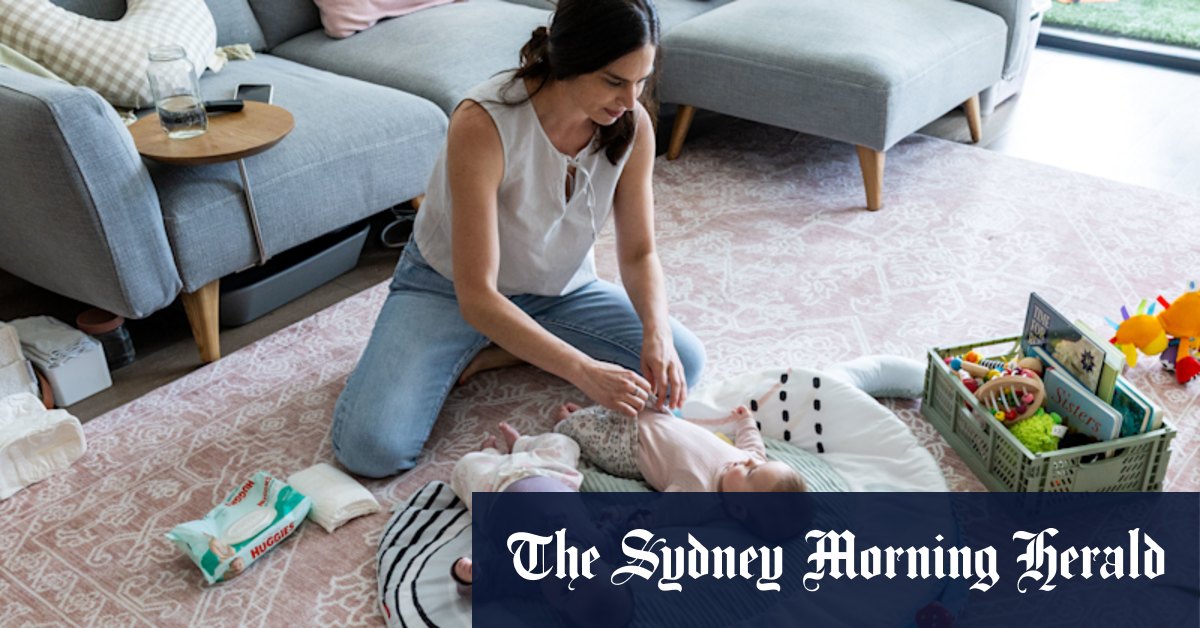
Australia’s falling birthrate has been a topic of concern for years, and nowhere is this more evident than in Sydney. While former Treasurer Peter Costello famously encouraged families to “have one for mum, one for dad, and one for the country” with a $3000 baby bonus in 2004, today’s determinants for parenthood seem to have shifted. Housing affordability and size have become the dominant factors, leading to what experts are calling a “baby divide” across Sydney’s suburbs.
The Shifting Demographics of Sydney
Recent analysis by KPMG highlights a growing disparity in fertility rates within the city. While Sydney’s western suburbs with larger and more affordable homes are seeing an uptick in births, inner-city neighborhoods, characterized by smaller and pricier dwellings, are experiencing a notable decline. KPMG urban economist Terry Rawnsley explains, “Suburbs with larger, more affordable homes are leading the way in total fertility rates across Sydney.”
The data reveals that Sydney’s fertility rate has hit a historic low of 1.54, well below the replacement rate of 2.1 required to maintain a steady population without immigration. This trend is creating a stark divide, with some neighborhoods reporting fertility rates less than half the replacement level. Meanwhile, the total number of births has struggled to rebound, peaking at just over 70,000 in 2018, then falling despite post-COVID population growth.
The Impact of Housing on Parenthood
The cost and availability of housing have emerged as major influences on Sydney’s fertility trends. Families are moving westwards in search of more space and affordability, while wealthy inner-city suburbs with multimillion-dollar homes are becoming increasingly childless. The demographic implications are profound. Schools in areas like the northern beaches are merging due to declining student numbers, a direct reflection of an ageing population and limited access to affordable housing for young families.
Employment opportunities clustered in central business districts further exacerbate the issue. Many workers face long commutes from the outer suburbs while grappling with expensive childcare options closer to their homes. This shift highlights the urgent need for housing policies that better address these challenges.
Governance and Urban Planning Solutions
Over two years ago, Premier Chris Minns introduced a bold rezoning policy to increase housing density, especially near transport hubs, with a goal of creating capacity for 170,000 new homes. However, local opposition from councils and residents in affluent suburbs has stalled progress. The KPMG analysis only underscores the importance of forward-thinking urban planning to address Sydney’s growing demographic divide.
As housing affordability continues to shape fertility rates, families are choosing practicality and leaving behind the once-cherished inner-city lifestyle. This trend could signal the end of demand for large, luxury family homes within affluent areas, as demographics shift and families opt for suburban solutions.
Improve Your Home to Meet Your Family Needs
For families considering expanding their households, creating a comfortable and functional living space is essential. Investing in smart home solutions can make both small and large homes family-friendly. Products like the Dyson Purifier Cool™, a HEPA air purifier and cooling fan, can help maintain a healthy environment that feels luxurious and practical.





